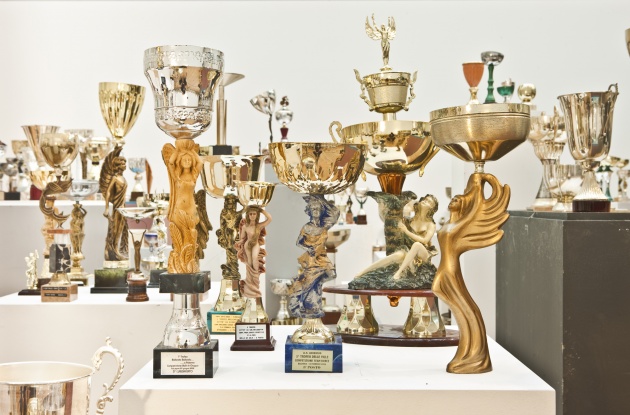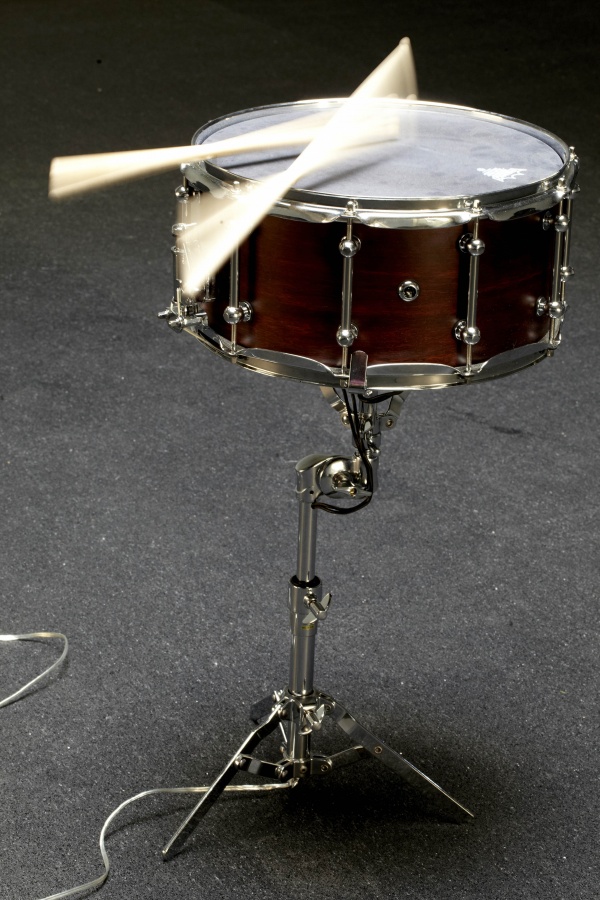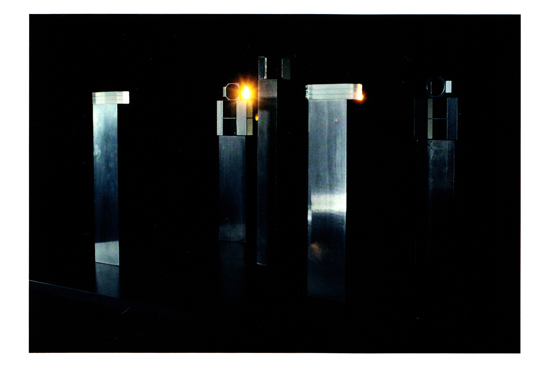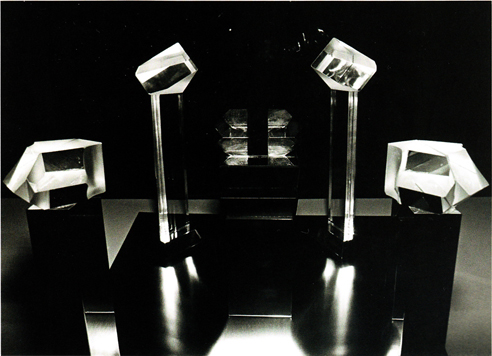

Paul McCarty, The King, The Island, The Train, The House, The Ship, 16 November 2011 – 14 January 2012
Hauser & Wirth London and Hauser & Wirth London, Piccadilly
Combining political figures and pop culture, ‘Pig Island’, on view at Savile Row, is a morally deviant world populated by pirates, cowboys, the likenesses of George W. Bush and Angelina Jolie, an assortment of Disney characters and the artist himself, all carousing in a state of wild and reckless abandon. The island is constructed from blocks of polystyrene piled high with wood, cast body parts, clay, spray paint and old fast food containers surrounded by a sea of blue carpeting.
Over a seven year period, ‘Pig Island’ grew to fill McCarthy’s studio, blurring the boundaries between the work and the workplace. It evolved from an accumulation of detritus and half-finished figures into a sculptural installation: every detail of the seemingly chaotic work meticulously positioned as if it were a carefully orchestrated film set, complete with film lighting. Unlike the picture-perfect Disney fairytales McCarthy so often references, ‘Pig Island’ flaunts its unfinished state and mechanisms, enabling the viewer to catch a glimpse of the artist’s process, the organic development of his sculptures and the rawness of a neverending work-in-progress.
Described by McCarthy as a ‘sculpture machine’, ‘Pig Island’ has given birth to numerous large-scale sculptures, including ‘Train, Mechanical’: a mechanical sculpture showing twin pot-bellied caricatures of George W. Bush sodomising two pigs. Each of the figures performs a choreographed set of actions – their asses move rhythmically back and forth, their mouths open and close, their heads spin and, when approached, their heads and beady eyes follow the viewer around the space.
‘The King’ presides over the main space of the Piccadilly gallery. This new monumental installation consists of a platform surrounded by large-scale airbrush paintings that were created on the easel that stands on the platform. Atop the platform is a throne upon which a silicone model of McCarthy sits stark naked with partly severed limbs, closed eyes and wearing a long blonde wig. Church pews arranged in front of the stage give the viewer a place to sit and contemplate the artist’s elevated status as they gaze up at his wooden throne.
McCarthy has been making mechanical sculptures as an extension of his performance-based art since the early nineties. His new mechanical work, ‘Mad House Jr.’, is an adapted version and, at the same time, a maquette of ‘Mad House’ (2008), first shown at the Whitney Museum of American Art. ‘Mad House Jr.’ is a small room-like cube with windows and a doorless entry. Like a miniature amusement park ride, the cube shakes and spins rapidly whilst a small camera installed inside the cube records all of its movements. This footage is then projected into the space, creating an environment of physical and mental disorientation.



















